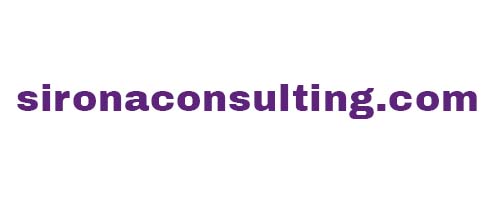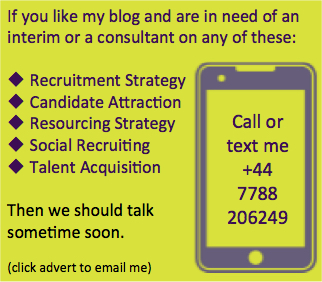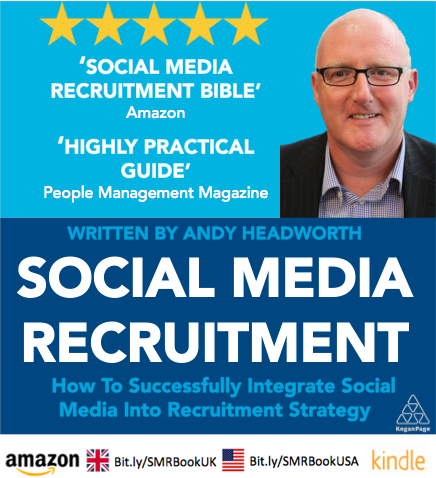Talent Pool, Talent Pipeline Or Talent Database? Does It Matter?
“Can you help me build a talent pool?” was the request I had in a recent meeting with a company. “Of course” was my reply, “but first I have a few questions I need to ask you to define exactly what you mean.” It only took one question to to stop the request in its tracks and trigger a much longer debate (which actually lasted most of the meeting!).
“So tell me what you mean by a talent pool? Are you looking for a community of ‘engaged talent wanting to work for your company’, a talent pipeline for specific roles/skills, a database of potential talent that match the skills you may want to recruit at any time, or a social media following of people with appropriate skill-sets?” Just to add to their perplexed look I added, “and who will be managing it - HR, the recruiter or the hiring manager?”
Does this sound familiar to conversations you have had within your company?
It is an interesting question (to me) because, the answers can be so varied depending on technology, available resources, demand, industry, sectors, budget and a commitment to the project as it takes time, considerable effort and ongoing work. In my consulting experiences, every company is different, so there is no right or wrong, but just what works for that company at time. Of course there are guidelines and practices that perform better than others, but thanks to social media, fast moving technologies and changing applicant/candidate behaviours, different approaches will work for different companies. Industry best practices sound great but it doesn’t always pay to replicate them every time, to get the best results for your company.
Just to demonstrate this point, I have included a video below about a much heralded approach taken by the well known US company, Zappos, in 2014. They decided to completely do away with posting any job adverts and just focused on building a talent community - Zappos Insiders - from which they would exclusively recruit their talent from. It generated huge amounts of interest, and I am sure many other companies tried a similar approach. But did it work?
Rick Gordan, the Head of Talent Acquisition at Zappos explains in this short video:
If you have a problem watching here is the YouTube link.
So, even with all the hype (at the time) and a dedicated team managing and driving talent to it, this talent community, talent pool (or whatever you want to call it) was 50% successful - which to be fair is still very good! And they are continuing with their Insiders programme, as well as adding in other recruiting techniques.
So with all these talks of talent and skill shortages, what should your company do to build talent capability for the future that you can use effectively?
This is my opinion, which I am sure will trigger debate, but that is healthy, right? Here are ten steps to be considered to help build your future talent capability (not in any specific order):
- Talent pool, pipeline, community or database
It would make sense to understand what you want to build before you start, as many of the factors below will depend of this answer. So here is my take on what these represent and what they should be used for:
Talent pool: a term used by companies to define a group of talent internally or externally, with a specific set of skills, traits or abilities.
Talent pipeline: used more specifically for roles and skill-sets, this for me is one that works well (if managed correctly) as there is usually a defined objective to having one. It also allows specific hiring managers the chance to get more involved and help engage with their potential hires. (Remember my opening paragraph? After discussion, this was what that company actually needed.)
Talent community: the biggest misnomer in recruitment - the word community implies interaction, but that is rare in ‘talent communities’, however good the intentions of the company are to make it happen. Often built on an online platform that allows regular communication and (potential) engagement with the members.
Talent database: this is what the majority of companies have and use (sometimes, anyway). It is often just a database self-populated by their ATS or recruitment system, or even just a spreadsheet of names and contact details. Often limited by search capability and data entry, but still very effective. - Define what talent you need (now and the future)
Part of this should be straight forward - understanding what your talent needs are this year. Past that it may present a challenge for some industries like digital and retail, where consumer technology is driving the changes. Personally I think you should really go into the detail with this as it will better help the identification of potential people suitable for your roles. This isn’t just a role for HR and recruitment but should also involve the hiring managers and members of the hiring departments, and update every six months. - Technology
Dictated to by no.1 to a certain extent, but a big consideration to make it work. Personally I am a fan of the systems that are more CRM based as they are designed for candidate relationship management. I am an advocate of recruitment content marketing and as such like platforms that include that functionality (I believe) are better placed for the future. But whatever platform you use you have to factor in mobile use - both from the recruiter managing it to the content being received by the recipient. Failure to do this would be incompetence! Even the humble spreadsheet is now easily manageable on phones and tablets with the use Microsoft 365 and Google Drive (docs). I even have a client that is successfully using Instagram to build a pool of talent for their future client assignments! - Time
Two words - be realistic. This all takes time, and whatever talent capability you are trying to develop and grow, it will never happen as quick as you expect or want it to. You have to think medium-long term to make it work. - Resources
Again be realistic on the time your team has available to do this. This is not an easy task, and developing, managing and growing a talent pool, pipeline, community or database takes time and resource to make it work. So be realistic when setting objectives, KPI’s, or targets for your chosen route as it will definitely need more work than you first imagine it will. And remember it is a continual process that may even get you to the point of needing a full-time community manager at some stage in the future. - Align the career site
Obviously this is linked to the technology decision, but it is something that is commonly over-looked. Tell people about it on your career site, explain what you are building and why - and importantly how to join it (if that is an objective). Career sites generate huge amounts of traffic, so it makes sense to integrate it into your career pages. BUT, please be honest and transparent with people - if it is just sign-up for job alerts, with monthly emails (for example) then communicate that. Managing candidate expectations at this stage will definitely help you with future engagement - after all you want to provide a good candidate experience from the start don’t you? - Multiple sources
This is so important - especially now with job board saturation and social media fragmentation occurring, with talent moving away from longstanding platforms like LinkedIn. including internal employees. Talent and prospective candidates can (and should) come from many different sources - internally, referrals, job adverts, career site, direct applications, social media, direct sourcing and especially where your active ones are etc, and all of them need to be part of your overall resourcing strategy. The challenge comes when you identify the people you want to add/invite to your own talent pool, pipeline, community or database - how do you do that to best effect? I will save that for another day 🙂 - Communicate
This may seem the most obvious thing to you, but whatever you do and how you do it, needs to be communicated far and wide. Whatever you do start with existing workforce first and ensure they understand exactly what it is all about. They are your best recruiting tool so don’t pay them lip service. - Internal mobility
While this is an extremely hot-topic at the moment (and rightly so), I personally find that many companies don’t take full advantage of the talent within their workforce. If you have great people, surely the company wants to retain them, even if it means your department may lose them in the process? But this comes back to the last point, often existing employees just don’t get exposure to job opportunities or talent programmes as they work in silos. Even stranger are the companies that actively recruit competitively for talent within different divisions of the same company! When building your own talent pool, pipeline, community or database, you must also include any internal talent as well. - Apprenticeships, training and development
Where skills and talent are hard and/or expensive to acquire, then there needs to be a different approach - grow or develop your own. Whether it be via apprenticeships, training programmes, developing existing skills, cross-training existing employees or another approach, this surely is the most logical approach. This is evident in companies with talent development programmes, talent spotting and talent streaming - all different versions of what I have been discussing here.
So back to the point of the post - does it matter what you call it - a talent pool, talent pipeline or talent database? I hope I have shown it doesn’t matter what you call it, the important aspect is how you define, manage and communicate it.
If this subject resonates with you, and you need some help at your company getting your recruitment of future talent better aligned, just send me an email and let’s have a chat.
And remember, if you like this post, don’t forget to subscribe to Sirona Says blog to ensure you don’t miss the weekly posts. And if you haven’t got your copy yet, don’t forget to buy a copy of my new book.











